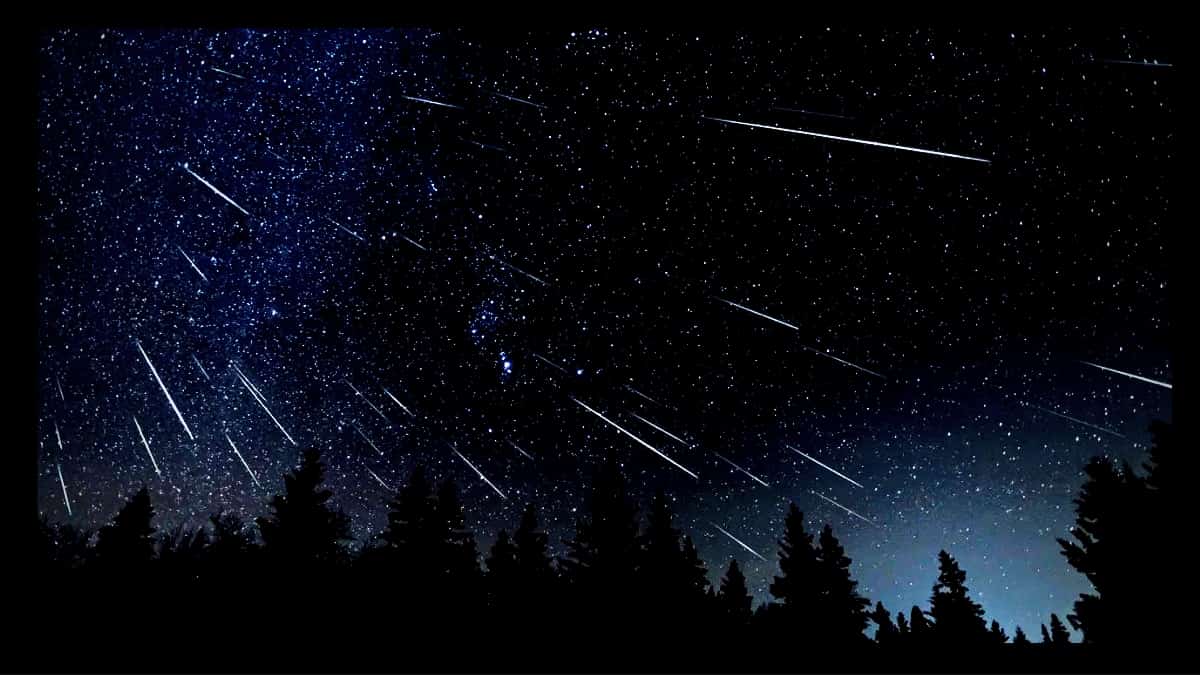NASA
The Geminid meteor shower, one of the most anticipated celestial events of the year, will reach its peak on the night of December 13 and into the early morning hours of December 14, as confirmed by NASA and the American Meteor Society.
This annual event, known for its reliability and brightness, is expected to provide a stunning spectacle for stargazers worldwide.
Active from November 19 to December 24, the Geminid meteor shower is unique because its origin is not a comet, as with many other meteor showers, but rather the asteroid 3200 Phaeton.
This asteroid sheds debris as it orbits the Sun, which enters Earth’s atmosphere and creates the brilliant streaks of light we recognize as meteors. This debris, coupled with the asteroid’s path, results in the extraordinary Geminid meteor display.
Under ideal conditions—away from city lights, in a dark and clear sky—viewers can expect to see more than 100 meteors per hour during the peak of the shower.
However, this year’s viewing may be slightly hampered by a bright waxing gibbous moon, which will flood the sky with light and obscure some of the fainter meteors.
Despite the lunar interference, many bright Geminid meteors should still be visible, especially in the darker hours before dawn.
The Geminid meteors are particularly notable for their vibrant colors, often appearing as yellow streaks across the sky. However, it’s not uncommon to spot meteors that are white or even green.
Their relatively slow speed of 21 miles (34 kilometers) per second makes them easier to observe than some faster-moving meteor showers, allowing viewers more time to enjoy the spectacle.
The meteors appear to radiate from the constellation Gemini, named after the twin stars Castor and Pollux, which makes locating the constellation a helpful guide for stargazers.
While the peak of the Geminid meteor shower occurs on December 13 and 14, the shower will remain active for several weeks, offering numerous opportunities to catch a glimpse of this cosmic phenomenon.
For the best viewing experience, it’s important to choose a location with minimal light pollution and to observe the sky during the late evening and pre-dawn hours.
A stargazing app can also assist in pinpointing the constellation Gemini and other celestial objects in the night sky, ensuring you don’t miss this spectacular event.
I am a dynamic professional, specializing in Peace and Conflict Studies, Conflict Management and Resolution, and International Relations. My expertise is particularly focused on South Asian Conflicts and the intricacies of the Indian Ocean and Asia Pacific Politics. With my skills as a Content Writer, I serve as a bridge between academia and the public, translating complex global issues into accessible narratives. My passion for fostering understanding and cooperation on the national and international stage drives me to make meaningful contributions to peace and global discourse.










